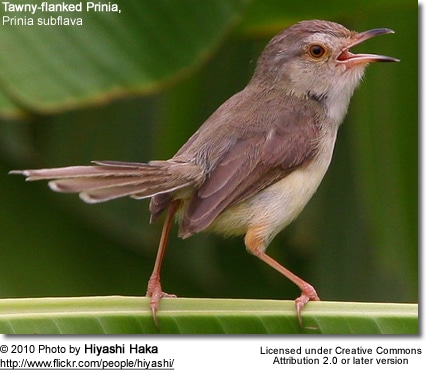White-capped Albatrosses
Albatross Information
The White-capped Albatross, Thalassarche steadi, is a mollymawk that breeds on the islands off of New Zealand. It is a species that not all experts agree should have been split off of Thalassarche cauta. It is a medium sized black, slate grey, and white albatross.
Description
The White-capped Albatross averages 90–99 cm (35–39 in) in length, with a wingspan of 220–256 cm (87–100 in).
It has a bold white cap that contrasts with a pale silver grey face and a darker brow. Some adults have white back with brown tipped feathers. They have a dark grey mantle and a black tail. Most of the rest of the body is white. Its bill is pale grey to blue with a yellow tip.
Juveniles have a grey bill with a dark tip, and their head is darker, with grey to the collar.
Range and habitat
They are endemic to the islands off the coast of New Zealand, with a population of 75,000 breeding pairs, estimated in 2007, and 350,000 to 375,000 total birds. Disappointment Island (one of seven uninhabited islands of the archipelago Auckland Islands) has 72,000 pairs, Auckland Island has 3,000 pairs, Adams Island (Auckland Islands) has 100 pairs, and Bollons Island (Antipodes Islands) has 100 pairs.
Juvenile and non-breeding birds are believed to forage in the southwestern Atlantic and a recent DNA test of a South Georgia bird confirmed it. Also, using different techniques, scientists have proven that they forage off the coast of southwestern Africa. Juveniles are also believe to go as far as the south Atlantic and the southwestern Indian Ocean.
| Location | Population | Date | Trend |
| Disappointment Island | 72,000 pair | 1993 | |
| Auckland Island | 3,000 pair | ||
| Antipodes Island | 50—100 pair | 1994 | |
| Adams Island | 100 pair | ||
| Total | 150,000 | 1993 | Stable |
Feeding
They are a surface feeder, but may utilize shallow dives for their food which is fish, cephalopods, tunicates and crustacea.
Reproduction
The White-capped Albatross breeds annually on rocks on small islands.
Conservation
The IUCN classifies this species as Near Threatened, with an occurrence range of 77,700,000 km2 (30,000,000 sq mi) and a breeding range of 22 km2 (8.5 sq mi). The largest threat for this bird is longline and trawl fisheries. Net monitor cables were responsible for large amounts of deaths; however, they were phased out in 1992. Commercial exploitation of the squid in Bass Strait may present a threat by reducing the food supply Also, pigs on Auckland Island reduced nesting from 1972-1982, and feral cats also take small number of chicks.
Since 2006, Auckland Island birds have started to have been tracked, and this will be ongoing.
Taxonomy
Mollymawks are a type of Albatross that belong to Diomedeidae family and come from the Procellariiformes order, along with Shearwaters, Fulmars, Storm-petrels and Diving-petrels. They share certain identifying features. First, they have nasal passages that attach to the upper bill called naricorns. Although the nostrils on the Albatross are on the sides of the bill. The bills of Procellariiformes are also unique in that they are split into between 7 and 9 horny plates. Finally, they produce a stomach oil made up of wax esters and triglycerides that is stored in the proventriculus (stomach). This is used against predators as well as an energy rich food source for chicks and for the adults during their long flights. They also have a salt gland that is situated above the nasal passage and helps desalinate their bodies, due to the high amount of ocean water that they imbibe. It excretes a high saline solution from their nose.
The White-capped Albatross used to be part of a greater complex of Albatrosses consisting of the Shy Albatross, Thasassarche cauta, Salvin’s Albatross, Thalassarche salvini, Chatham Albatross, Thalassarche eremita. In 1998, Robertson and Nunn recommended a four way split, some experts agreed. BirdLife International agreed in 2007, ACAP (Agreement on the Conservation of Albatrosses and Petrels) agreed in 2006, and Brooke agreed in 2004. The American Ornithologists’ Union (SACC) agreed to a three-way split, leaving steadi, the White-capped Albatross grouped with the Shy Albatross. James Clements has yet to agree on any of these splits. Finally, following Brooke, this species was shifted from Diomedea to Thalassarche, which was generally agreed upon by most experts.
Copyright: Wikipedia. This article is licensed under the GNU Free Documentation License. It uses material from Wikipedia.org … Additional information and photos added by Avianweb.
Please Note: The images on this page are the sole property of the photographers (unless marked as Public Domain). Please contact the photographers directly with respect to any copyright or licensing questions. Thank you.





